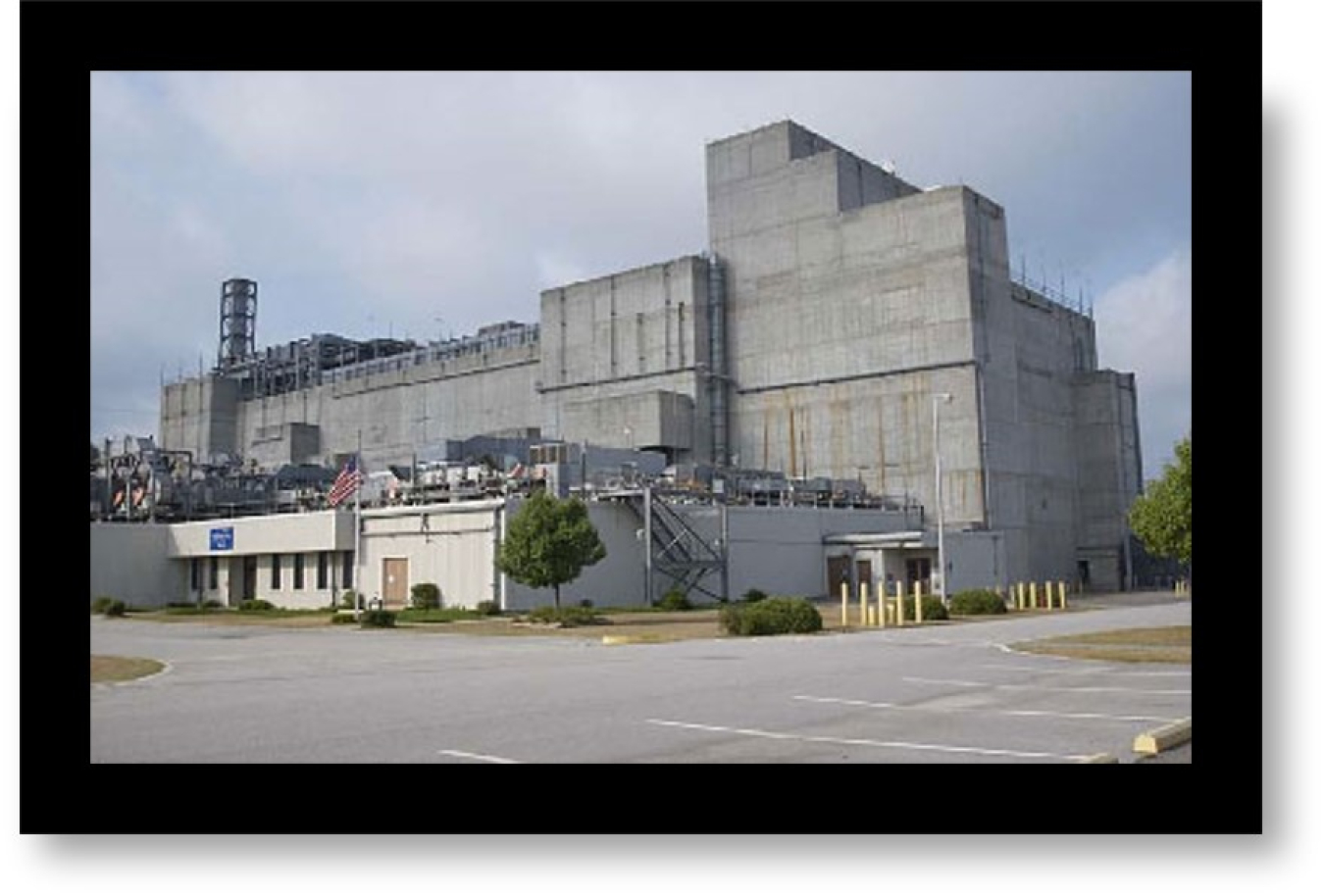Regulatory Compliance News
-
The Office of Environmental Management has achieved its third radioactive waste removal milestone in one calendar year at the Savannah River Site — now marking three waste tanks staged ahead of schedule for next steps in the closure process.February 4, 2025
-
New and returning members of the Hanford Advisory Board (HAB) recently toured several Hanford Site facilities, including a full-size mock-up of a single-shell waste-storage tank at the site’s Cold Test Facility.December 10, 2024
-
The Oak Ridge Office of Environmental Management and contractor UCOR continue making steady progress on the construction of the Mercury Treatment Facility at the Y-12 National Security Complex.November 12, 2024
-
The U.S. Department of Energy Office of Environmental Management’s West Valley Demonstration Project hosted a roundtable event with the New York State Energy Research & Development Authority to update the site’s regulators on current and future cleanup.November 5, 2024
-
The EM Los Alamos Field Office has achieved another year of fulfilling its legacy cleanup commitments with the New Mexico Environment Department at Los Alamos National Laboratory.October 22, 2024
-
An agreement between the U.S. Department of Energy, state officials and local tribal governments has been extended for 10 years, allowing cleanup to continue at the Santa Susana Field Laboratory.October 1, 2024
The Office of Environmental Management (EM) cleanup sites are subject to federal environmental laws, including, but not limited to, the Comprehensive Environmental Response, Compensation, and Liability Act (CERCLA or Superfund), Resource Conservation and Recovery Act (RCRA), Clean Water Act, Clean Air Act, National Environmental Policy Act (NEPA), as well as the Atomic Energy Act (AEA). EM sites must also comply with certain state environmental regulations.
EM remains committed to working with its regulatory partners to remain compliant for the protection of human health and the environment.
Compliance Documents
Some requirements are implemented through site-specific binding regulatory compliance documents, such as federal facility agreements, consent decrees, and other legal arrangements, which may contain enforceable milestones for specific cleanup actions. The department entered into many of the federal facility agreements with the Environmental Protection Agency (EPA) and state regulatory agencies in the early 1990s. The milestones in some of the documents were designed to be updated as conditions evolved. In addition, sites apply for permits to conduct certain work, such as RCRA permits for the management of hazardous waste.

DOE is shrinking the site footprint at Energy Technology Engineering Center
Radioactive Waste Management
The AEA authorizes DOE to regulate its nuclear safety and radioactive waste management program. EM implements the AEA through DOE Order 435.1, Radioactive Waste Management, and associated documents. DOE manages radioactive waste as high level waste (reprocessing waste), transuranic waste, or low-level waste.
The Low-Level Waste Disposal Facility Federal Review Group (LFRG), sponsored by EM headquarters, supports implementation of DOE Order 435.1 and associated documents. The LFRG provides independent oversight of design, operation, and closure of DOE-owned low-level radioactive waste disposal facilities and the closure of certain waste tanks at DOE sites.
If reprocessing waste meets certain statutory or DOE criteria, DOE can make a determination that allows DOE to manage and dispose of the waste as low-level radioactive waste.
DOE Order 435.1 and Associated Documents
Low-Level Waste Disposal Facility Federal Review Group (LFRG)

Other Oversight and Support Programs
National Environmental Policy Act (NEPA)
During the early stages of the planning process for a proposed action, DOE plans its National Environmental Policy Act (NEPA) compliance and coordinates its NEPA review with its decision-making prior to implementing an action.
Natural Resources Damages (NRD)
CERCLA requires federal agencies, like DOE, to compensate the public for natural resource damages (NRD) caused by unpermitted hazardous substances released into the environment that pose a threat to public health and the environment.

